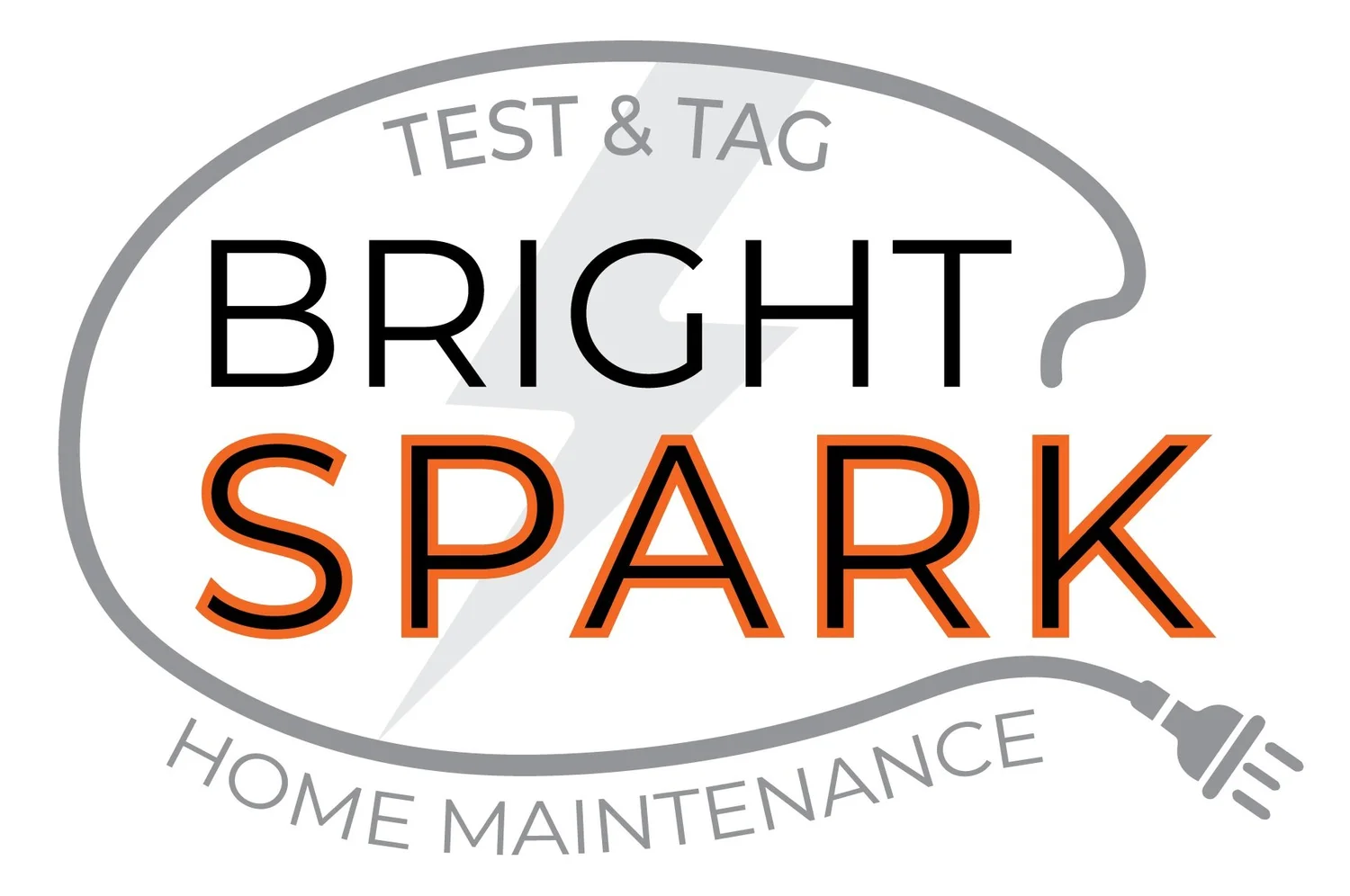Current legislation for Electricial Test and Tag
According to the Electrical Safety Regulation 2013 (Qld), as an employer you must regularly inspect and test electrical equipment and safety switches in your workplace.
So, is test and tag a legal requirement? The answer is YES, in many cases. Particularly for workplaces operating in high-risk environments, test and tag regulations are a vital part of adhering to workplace health and safety (WHS) standards. But the specifics of this requirement vary depending on your location, the type of environment, and the equipment in question.
The Legal Framework for Test and Tag in Australia
Across Australia, different states have regulations enforcing the testing and tagging of electrical equipment. These requirements stem from the WHS laws and electrical codes, which are designed to ensure the safety of employees and the public in workplaces.
In New South Wales, Australian Capital Territory, Tasmania, South Australia, Western Australia, and Northern Territory, WHS regulations mandate that all electrical equipment operating in higher-risk environments must undergo regular testing and tagging. These environments, known as “hostile environments,” expose electrical equipment to conditions like moisture, heat, vibration, mechanical stress, corrosive chemicals, and dust. Such environments are highly prone to causing damage to electrical equipment, thereby increasing the risk of electrical faults and accidents.
To ensure compliance, businesses operating in hostile environments must test and tag their equipment according to Australian Standard AS/NZS 3760:2010. The frequency of testing varies depending on the specific conditions of the environment but typically ranges between six months and one year. For construction sites, the testing frequency is stricter, with most equipment requiring testing every three months according to AS/NZS 3012:2010.
Even in non-hostile environments, the Electrical Code of Practice in NSW, ACT, TAS, SA, WA, and NT recommends testing and tagging to be performed every five years, again in line with AS/NZS 3760:2010. Although the risks in these environments are lower, the importance of maintaining electrical safety cannot be overstated, and regular testing plays a significant role in preventing unexpected accidents or equipment failure.
Queensland and Victoria: Unique Regulations
Queensland has its own specific regulations under the Queensland Electrical Safety Act and Regulations, which take precedence over the national model WHS regulations. In Queensland, the frequency of retesting depends on the class of work being performed and can range from every three months to every five years. This tiered system allows for a more tailored approach to electrical safety based on the specific needs and risks of the workplace.
Similarly, Victoria has a strong focus on providing a safe workplace under its own regulatory framework. WorkSafe Victoria actively enforces the Australian Standard AS/NZS 3760:2010, making it crucial for businesses in the state to ensure they remain compliant by adhering to the recommended testing frequencies.
The legal requirement for test and tag practices is not just about following regulations—it’s fundamentally about protecting the safety of workers and businesses. Faulty electrical equipment is a leading cause of workplace accidents, including electric shocks, fires, and equipment failures. Regular testing and tagging help identify potential hazards before they lead to dangerous incidents, ensuring that both employees and businesses are safeguarded against preventable risks.
Furthermore, maintaining compliance with WHS regulations and electrical safety standards is crucial for avoiding legal penalties. In case of a workplace incident, failing to adhere to test and tag regulations can result in significant fines or legal action.
Ensuring that your business complies with the legal requirement for test and tag is not just about meeting regulatory obligations—it’s about creating a safer workplace for everyone. Whether you’re operating in a high-risk hostile environment or a lower-risk office space, testing and tagging your electrical equipment at appropriate intervals is a critical step in maintaining electrical safety.
By staying on top of these practices, you can help prevent accidents, extend the life of your equipment, and most importantly, keep your employees safe.
As of 2024, VIC, WA, NSW, SA and QLD all follow the same standard for testing and tagging AS/NZS 3760. This means that the colours will be the same across these states.
There are essentially two scenarios:
1) If you work in construction, demolition or mining you are required to use the specified test tag colours.
2) If you don't work in those industries, you can use your own colour coding system.
Here are some links to help you understand why Electricial Test & Tag is important within your business or workplace.
Electrical Safety Regulations 2013
Electrical Safety Code of Practice 2013 - Managing Electrical Risks in the Workplace
QLD Guide to Test and Tag of Electrical Equipment
Guide to Managing Electrical Safety in Education Queensland Schools
Larger Guide to Managing Electrical Safety in QLD Education Schools and Workplaces
Electrical Safety - Are your Electrical leads safe?
Electrical Safety - Decorative Lighting
Electrical Safety Code of Practice 2010 - Electrical Equipment Rural Industry
Test and tag colours (RGBY system) for construction and demolition
For anyone that works in demolition or on construction sites - there are particular tag colours you are required to use in different months of the year according to AS/NZS 3012. It is referred to as RGBY, which represents the colours red, green, blue and yellow.
Red Tag - December, January and February
Green Tag - March, April and May
Blue Tag - June, July and August
Yellow Tag - September, October and November
These test and tag dates would apply to all states around Australia (NSW used to have a separate colour coding system, but has since now aligned with the other states). These colours are also commonly used on mining sites and in the marine industry which are considered harsh environments.
